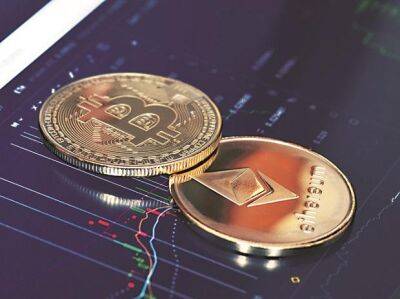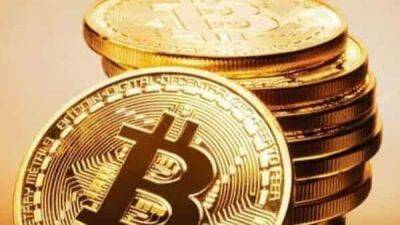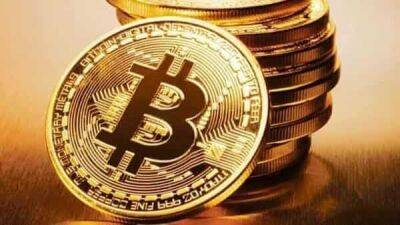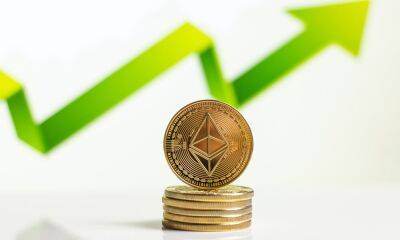In six charts: Cash is king but not for much longer; digital payments are turning a corner
The payment mechanism in India may get turned upside down in another four years.
According to a recent Jefferies report, digital payments are set to overtake cash payments by value, by 2016. As of now, only 40 percent of the payments in value terms are done digitally, and the rest is done by cash. But, that will change to 65 percent by digital payments and 35 percent by cash in 2016.
That is, digital payments are set to triple in value to $10 trillion, and the next phase of growth is likely to come from Tier-3 to 6 locations.
Source: Jefferies; Graphic by Rajesh Chawla
The share of merchant payments (P2M) is set to rise thanks to a massive increase in QR code adoption that has made expensive POS machines less popular. The report said that QR acceptance points have gone up from 2.5 million to 30 million in just five years! Meanwhile, POS machines have just touched 6 million in number, including the multiple machines at each selling point. This is good news because this will improve the unit economics of UPI/payment platforms since merchants’ transactions earn the platforms a small fee, unlike P2P transactions. “Based on total TPV (total payment value), take-rate on UPI platforms are low at around 4-5bps, but on P2M transactions (20 percent by value) take-rate would be c.20bps,” said the report.
The effect the pandemic has had on the payment ecosystem is most visible in the share UPI has gained and that which the ATM has lost.
In FY22, 63 percent of the value of non-cash transactions was done through UPI. Less than a tenth of that value (6 percent) was done through ATMs. Fintechs had no small part to play.
The country has adopted digital payments on a large scale since 2018 but there is a visible difference in the way
Read more on moneycontrol.com






![With Polkadot [DOT] suffering a bull trap on the charts, here’s all you need to know - ambcrypto.com - city Santiment](https://gocryptonft.com/storage/thumbs_400/img/2022/6/12/47318_qdy.jpg)


